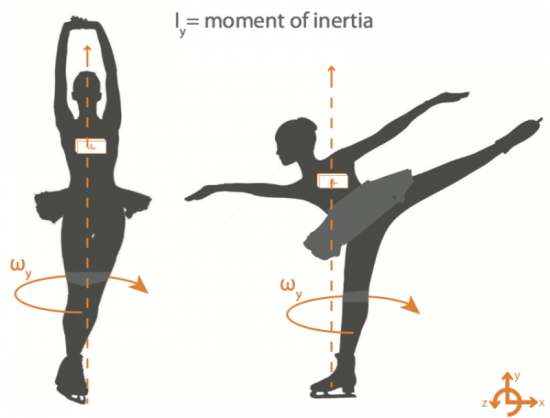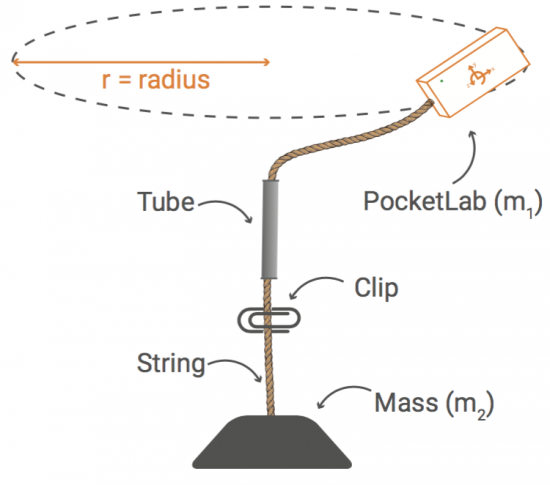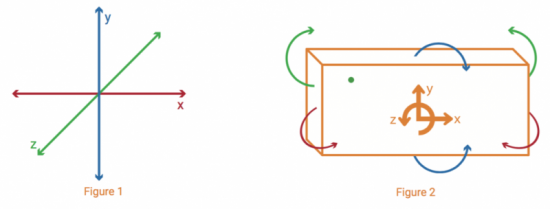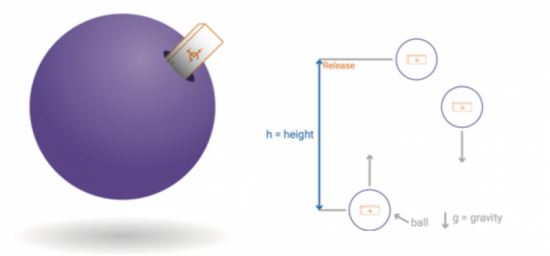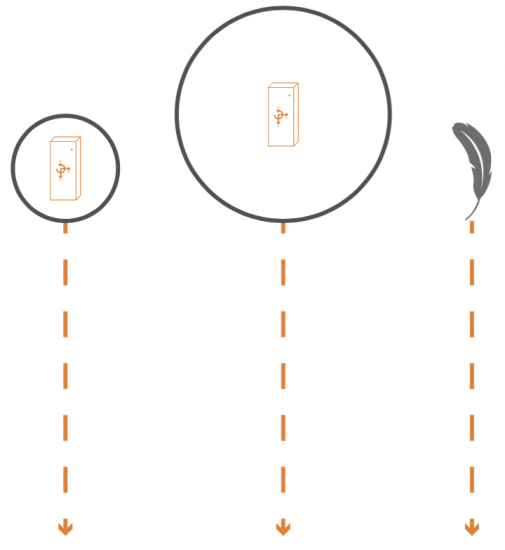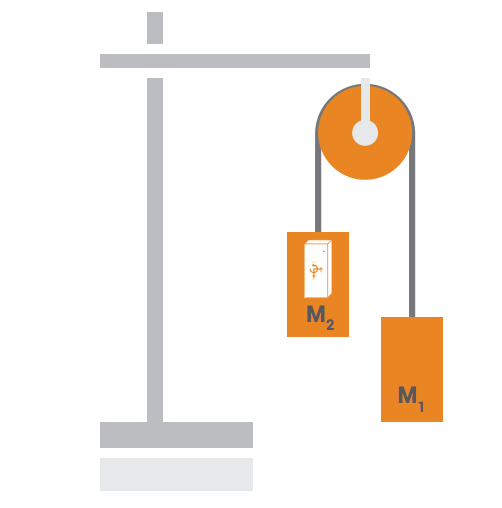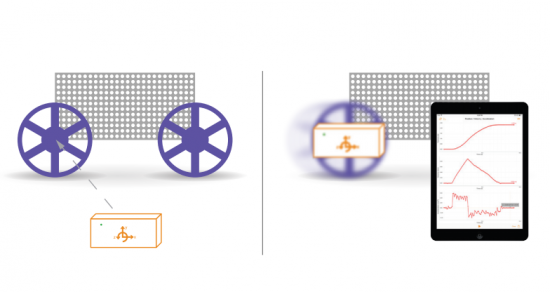Arms of a Spinning Figure Skater
Exploration
When a figure skater spins he/she uses the positioning of his/her arms to control the speed of the spin/ angular velocity. The angular momentum of the skater is always conserved, no matter the positioning of the arms, and can be represented by the equation L = Iw, where L is angular momentum, I is moment of inertia and w is angular velocity. The moment of inertia is an object’s resistance to change in angular velocity and is related to the distribution of the object’s mass.
Objective


